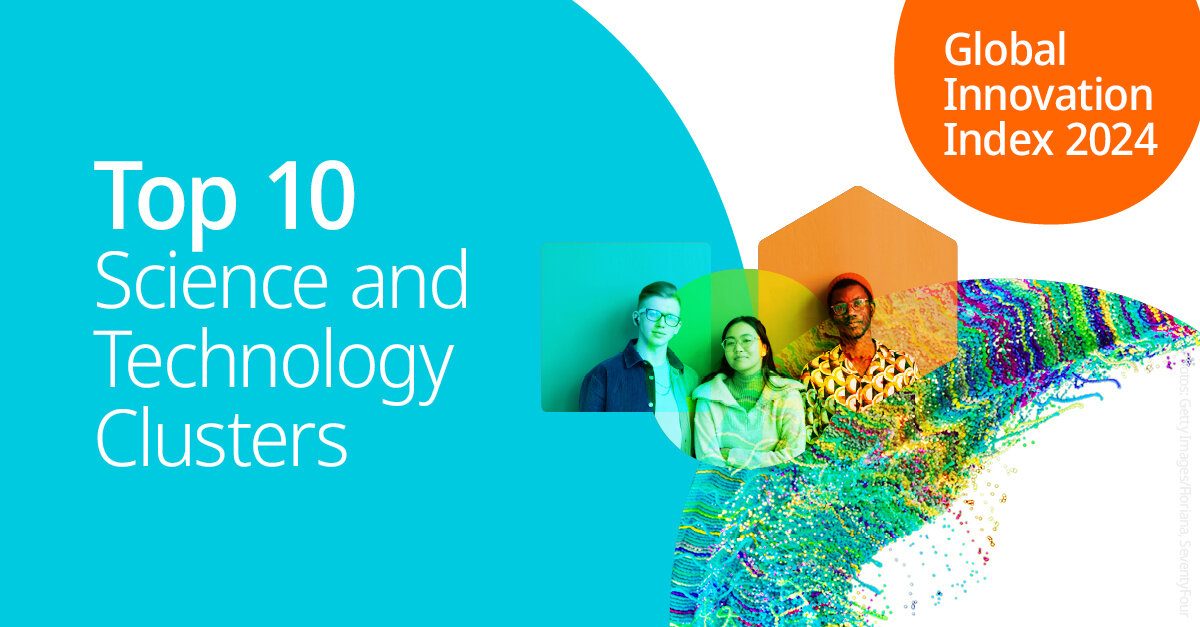TEHRAN - The Global Innovation Index (GII) has ranked Tehran as the world’s 38th-largest science and technology (S&T) cluster this year, down from 35th last year, according to a report released on Tuesday by the UN’s World Intellectual Property Organization (WIPO).
The Global Innovation Index ranks the world's leading economies according to their innovation capabilities.
A common thread among top-performing nations is the presence of thriving science and technology (S&T) clusters. Since 2016, the GII has employed a bottom-up approach to identifying such clusters. This methodology disregards administrative or political borders and instead pinpoints those geographical areas with a high density of inventors and scientific authors.
The resulting clusters identified in this way often span several municipal districts, sub-federal states, and sometimes even two or more countries.
Two innovation metrics are used to compile the top 100 GII S&T clusters worldwide. The first metric focuses on the location of inventors listed in published patent applications under the WIPO Patent Cooperation Treat (PCT).
The second metric considers the authors listed on published scientific articles. S&T clusters – which can be entire regions or cities – serve as the backbone of a robust national innovation ecosystem.
Situated in areas such as San Francisco's Silicon Valley, Cambridge, Munich, and Paris in Europe, or Bengaluru, Seoul, Shenzhen, and Tokyo in Asia, these S&T clusters are home to renowned universities, brilliant scientists, R&D-intensive companies, and prolific inventors.
It is the collaboration among these entities that results in groundbreaking scientific advancements and inventions that propel national, regional, and global innovation forward.
The GII recognizes the significance of these regional hubs and charts annually the world's top 100 S&T clusters. These areas boast the highest density of inventors and scientific authors globally.
The GII 2024 also presents S&T clusters beyond the top 100 in order to shed light on other areas around the world with an appreciably high level of science and technology.
In addition, the GII 2024 takes a first step toward highlighting S&T clusters within Africa, a region whose output is typically not taken into account when clustering at the global level.
China, for the second consecutive year, leads with the most clusters (26) in the top 100. The United States follows closely behind with 20 clusters. Germany ranks third with eight clusters in the top 100, with Munich (22nd), Cologne (27th), and Stuttgart (29th) as its top three clusters.
India, with its top cluster of Bengaluru (56th) in southern India, and the Republic of Korea both have four clusters in the top 100. France, the United Kingdom (UK), Japan, and Canada each have three clusters in the top 100.
Paris (12th) leads France's ranking, while London (21st) represents the United Kingdom's top cluster. Canada's top cluster is Toronto, Ontario (54th).
In addition to China, seven other middle-income economies have clusters among the top 100.
They are Brazil (1 cluster), with São Paulo, the sole top 100 S&T cluster within Latin America; Egypt (1), with Cairo, the sole top 100 S&T cluster within Africa; India (4), with Bengaluru, Delhi, Chennai and Mumbai; Islamic Republic of Iran (1), with Tehran; Malaysia (2), with Kuala Lumpur and its cross-border clusters shared with Singapore; Russian Federation (1), with Moscow; and Türkiye (2), with Istanbul and Ankara.


No comments:
Post a Comment